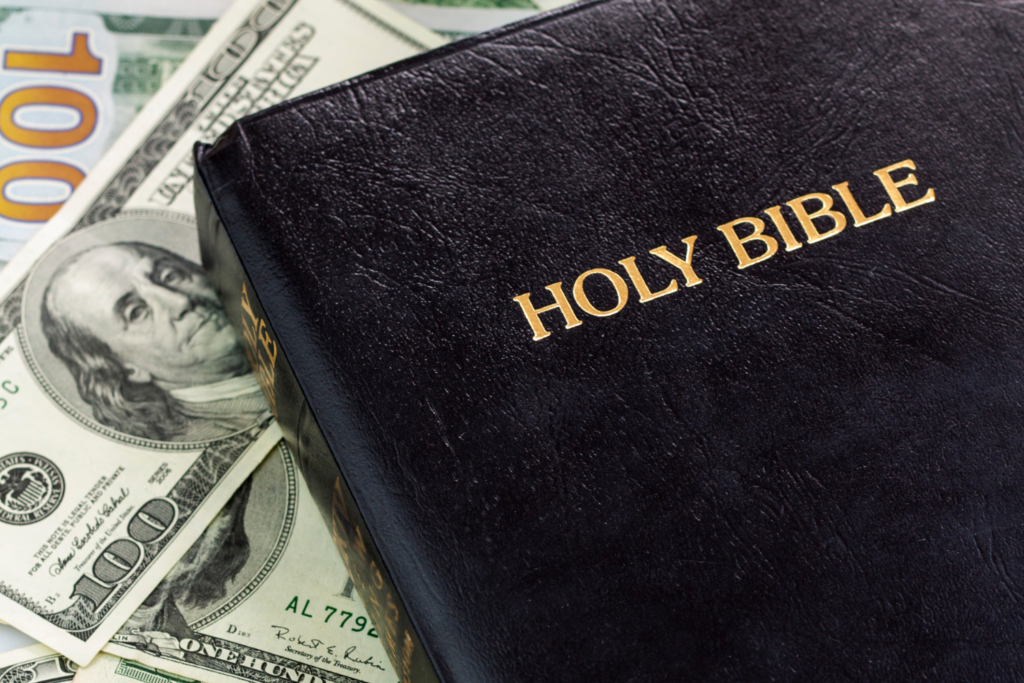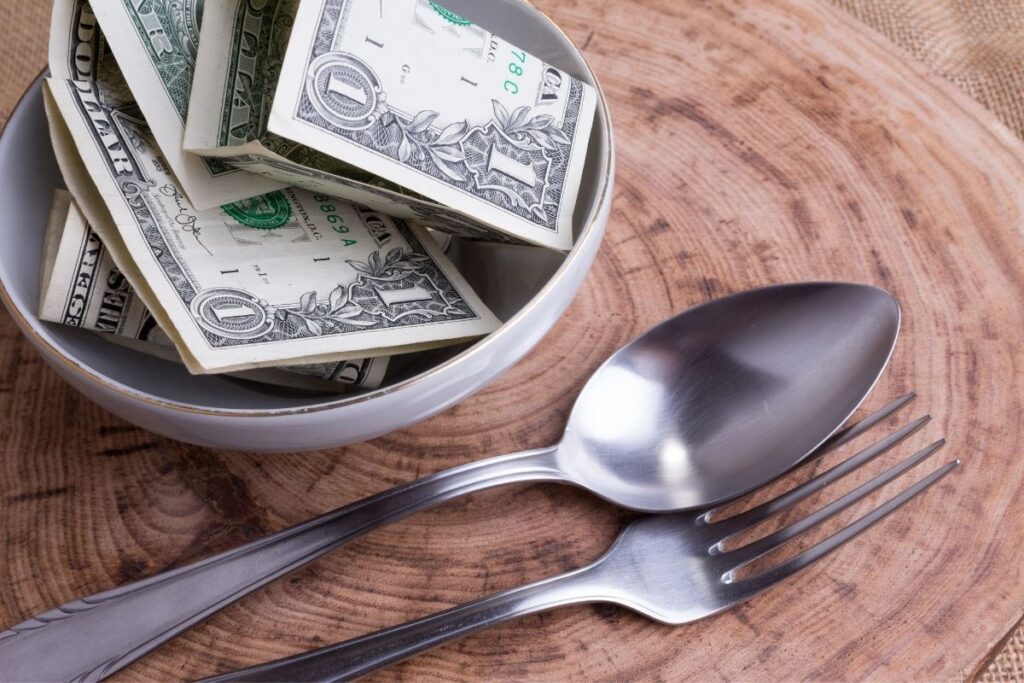
Money is essential to trade, but what happens when coins and bills aren’t an option? Throughout history, people have used some truly weird and wonderful things as currency. From squirrel pelts to giant stones, societies have found creative ways to assign value to objects based on their utility, availability, or cultural significance. Let’s take a trip through time and explore the weirdest things people have used as currency throughout history—and uncover some fun facts along the way!
Contents
- Why Do Items Become Currency?
- 1. Shells: Nature’s Coins
- 2. Cheese: Edible Wealth
- 3. Squirrel Pelts: Furry Finances
- 4. Salt: White Gold
- 5. Stones: Heavy Currency
- 6. Tea Bricks: Sip and Spend
- 7. Cigarettes: Smokin’ Trade
- 8. Whiskey: Liquid Gold
- 9. Cocoa Beans: Chocolate Money
- 10. Nails: Building Wealth
- Modern Lessons from Historical Currencies
- Currency Throughout History Conclusion
Why Do Items Become Currency?
To function as currency, an item must meet a few basic criteria: it should be portable, durable, divisible, and widely accepted. However, societal norms and regional needs have often dictated what served as money. In resource-rich areas, unique items like shells or cheese could be just as valuable as gold or silver.
1. Shells: Nature’s Coins
Cowrie shells were one of the earliest forms of money, used in Africa, Asia, and the Pacific Islands for centuries. Durable and easy to transport, they were highly prized for their beauty and scarcity in certain regions.
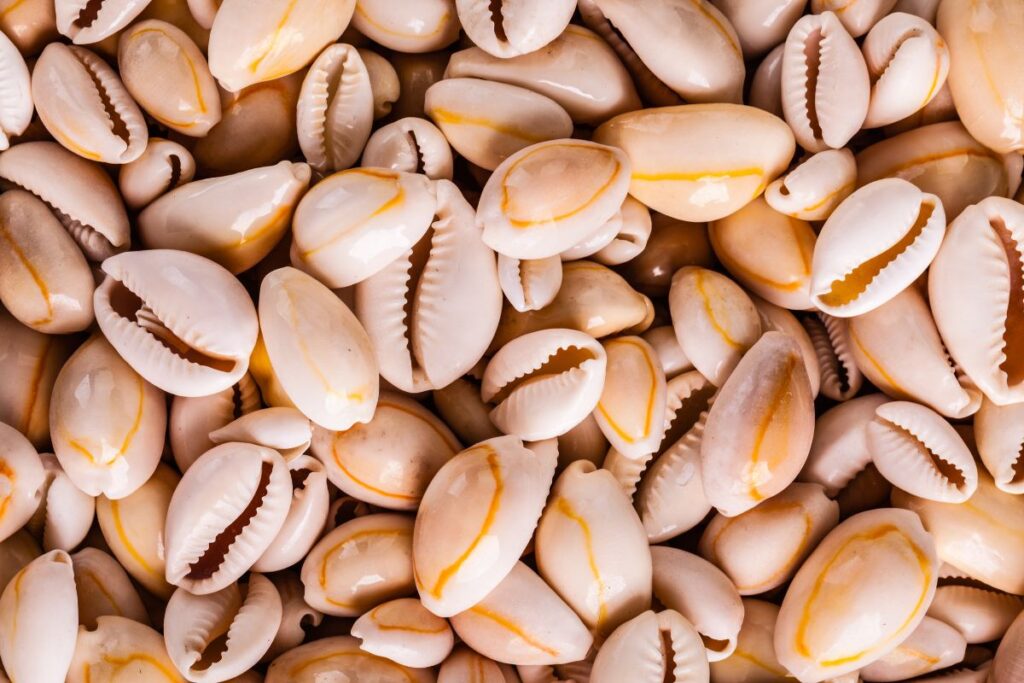
Fun Fact: Cowrie shells were so widely accepted that they became one of the longest-lasting forms of currency in history, remaining in use until the 20th century in some areas.
2. Cheese: Edible Wealth
In medieval Italy, Parmesan cheese was so valuable that it served as collateral for loans. Its long aging process and high demand made it a reliable store of value. The word “cheese” is still a common food slang word for money today.
Fun Fact: Banks in the Emilia-Romagna region of Italy still accept Parmesan cheese as collateral today!
3. Squirrel Pelts: Furry Finances
During the Middle Ages, squirrel pelts were used as currency in parts of Europe, particularly in Finland. They were practical for trade in colder climates, where fur was essential for warmth.
Fun Fact: Squirrel pelts were so prevalent in trade that they inspired the Finnish word for money, “raha,” which originally referred to animal hides.
4. Salt: White Gold
Salt, essential for preserving food, was used as currency in ancient Rome and parts of Africa. Roman soldiers were even paid in salt, giving rise to the term “salary.”
Fun Fact: The phrase “worth their salt” originates from the use of salt as payment.
5. Stones: Heavy Currency
The Yap Island’s Rai stones, giant limestone discs, were one of the most unusual currencies. Ownership was more symbolic than physical, as the stones were too heavy to move.
Fun Fact: A shipwrecked Rai stone that never made it to Yap was still considered valuable because everyone agreed it existed!
6. Tea Bricks: Sip and Spend
Compressed tea leaves were used as currency in Asia, especially in regions like Tibet and Mongolia. They were light, stackable, and also served as a valuable commodity.
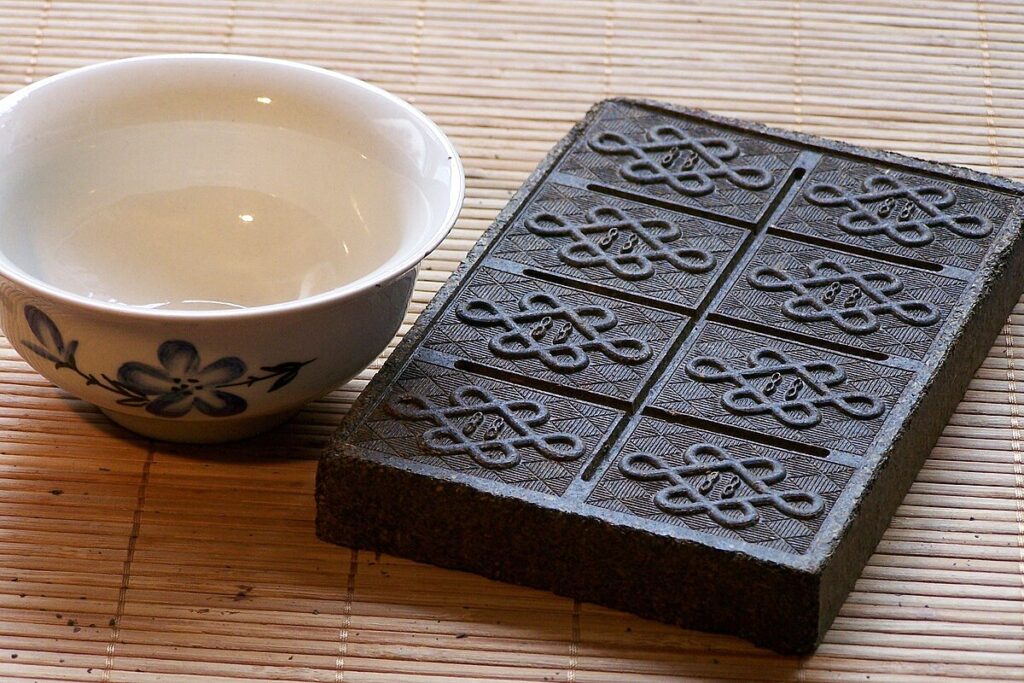
Fun Fact: Tea bricks could be consumed or used as medicine, making them a dual-purpose currency.
7. Cigarettes: Smokin’ Trade
In wartime prisons and POW camps, cigarettes became an unofficial currency. Their scarcity made them highly sought-after for bartering.
Fun Fact: Non-smokers often found themselves in positions of power, trading their cigarettes for other goods and favors.
8. Whiskey: Liquid Gold
In the American frontier, whiskey wasn’t just for drinking—it was for bartering. During the Whiskey Rebellion, it became a medium of exchange in areas with little cash.
Fun Fact: Whiskey was sometimes measured by the barrel, making it a bulky but beloved form of currency.
9. Cocoa Beans: Chocolate Money
The Aztecs and Mayans used cocoa beans as money, a practice deeply tied to their love of chocolate. These tiny beans could buy anything from food to clothing.
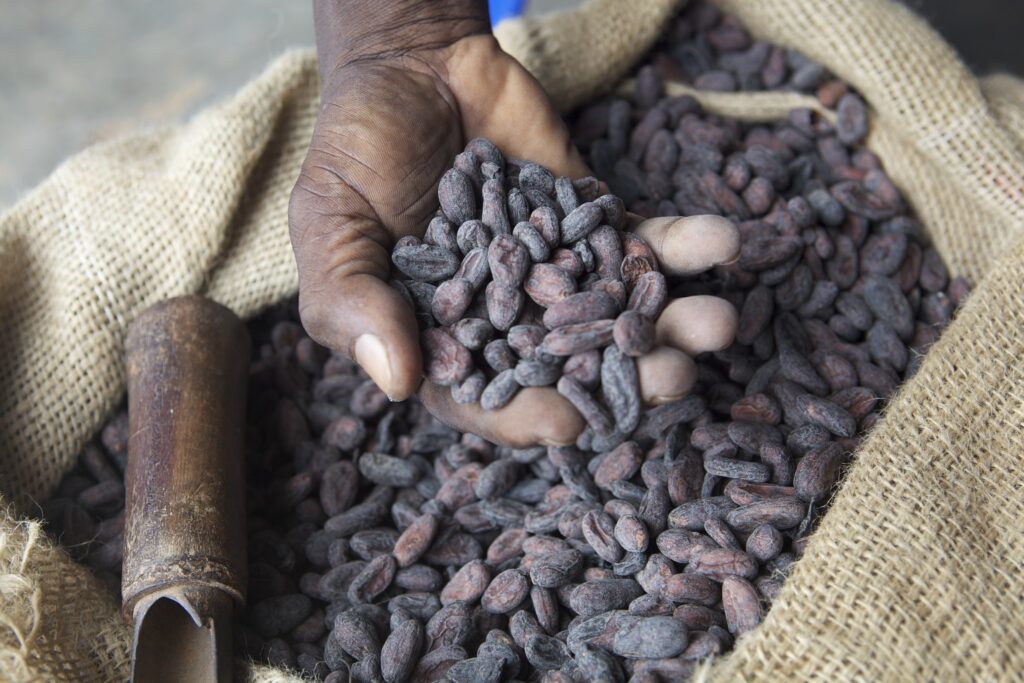
Fun Fact: It was said that a rabbit could be purchased for 10 cocoa beans, while 100 beans could buy a slave.
10. Nails: Building Wealth
In 18th-century Scotland, nails were a valuable commodity, especially in areas where construction materials were scarce.
Fun Fact: Blacksmiths often acted as informal bankers, storing and redistributing nails for the community.
Modern Lessons from Historical Currencies
These unconventional currencies teach us about human ingenuity and the evolving concept of value. Just as shells or squirrel pelts once dominated trade, today’s world is moving towards digital currencies like Bitcoin. Who knows what future generations might use as currency?
Currency Throughout History Conclusion
From edible cheese to immovable stones, the weird things people have used as currency throughout history highlight the adaptability of human societies. These items weren’t just means of exchange; they were symbols of culture, necessity, and innovation.
Bonus Fun Fact: During World War II, Monopoly board games were sent to POW camps with real money hidden inside to help prisoners escape. Now that’s a currency twist!
What do you think could become a weird currency of the future?
- Teen Money Management Activities Made Simple - February 18, 2025
- Mortgage Recasting Explained: Is It Right for You? - February 18, 2025
- How To Make Money On Depop: A Beginner’s Guide - February 18, 2025
